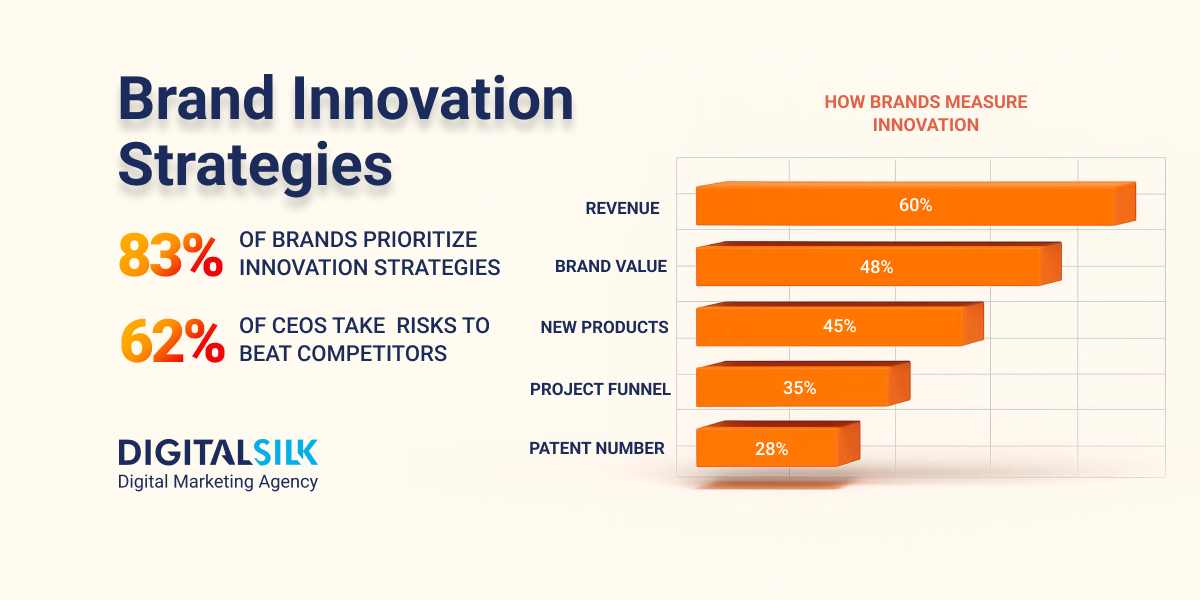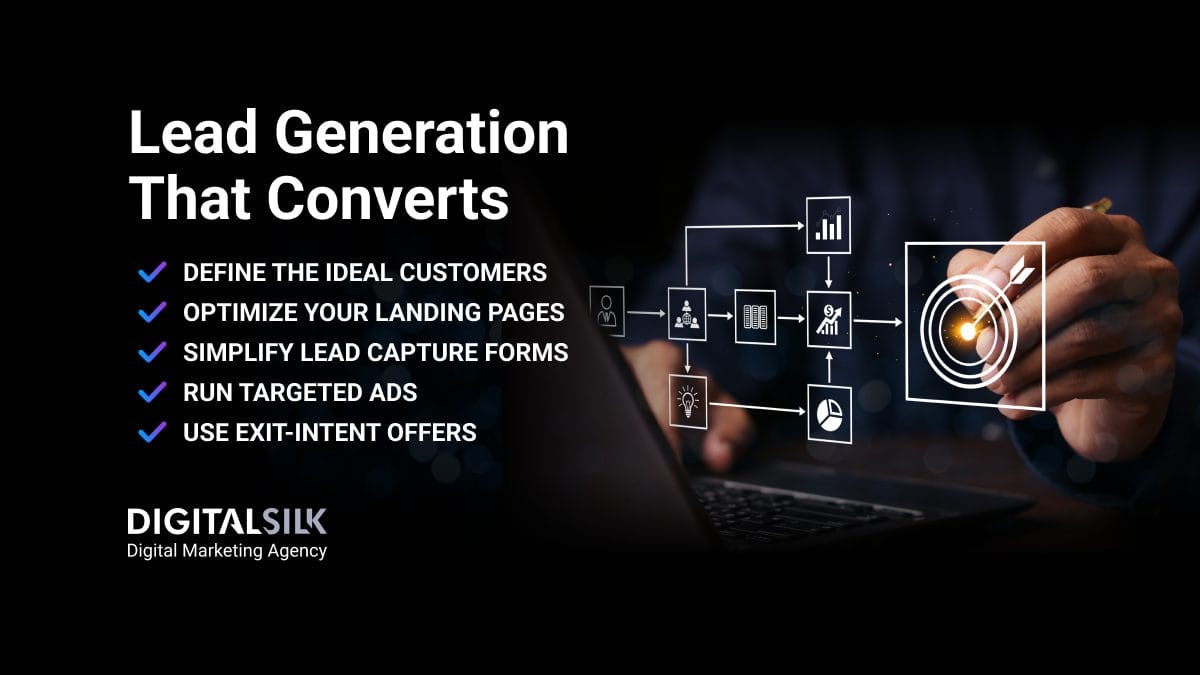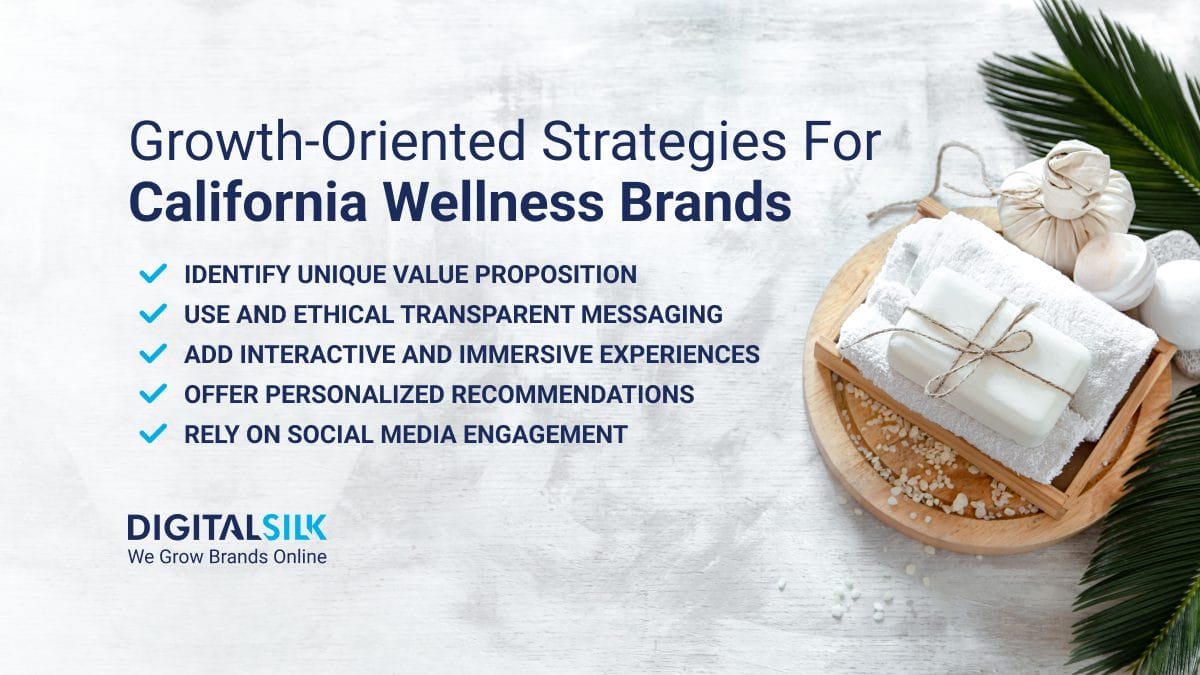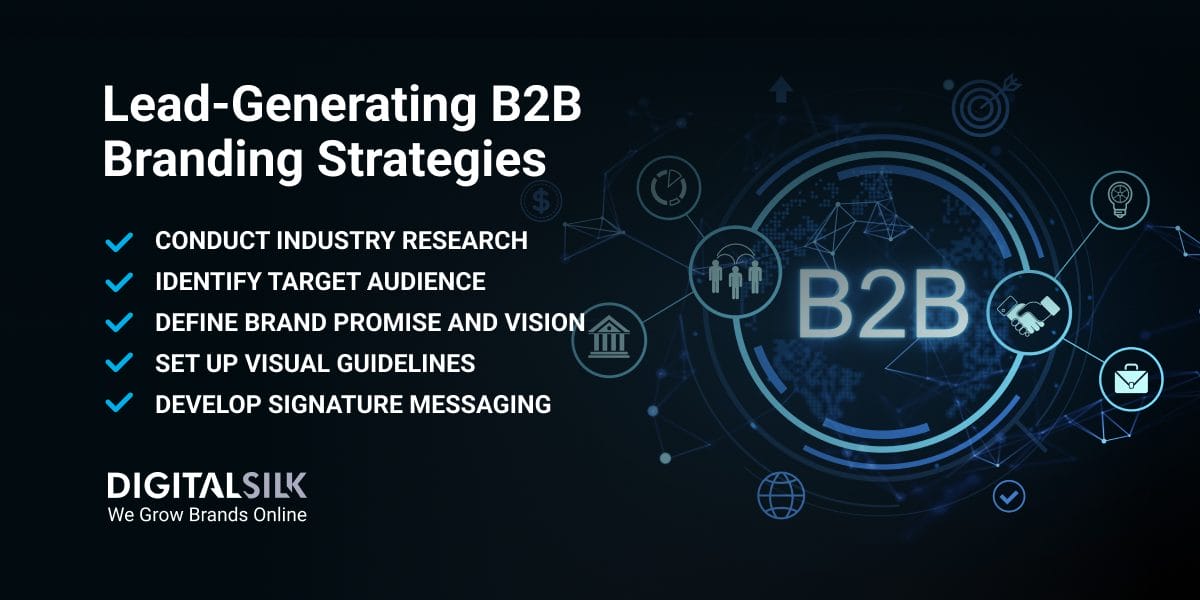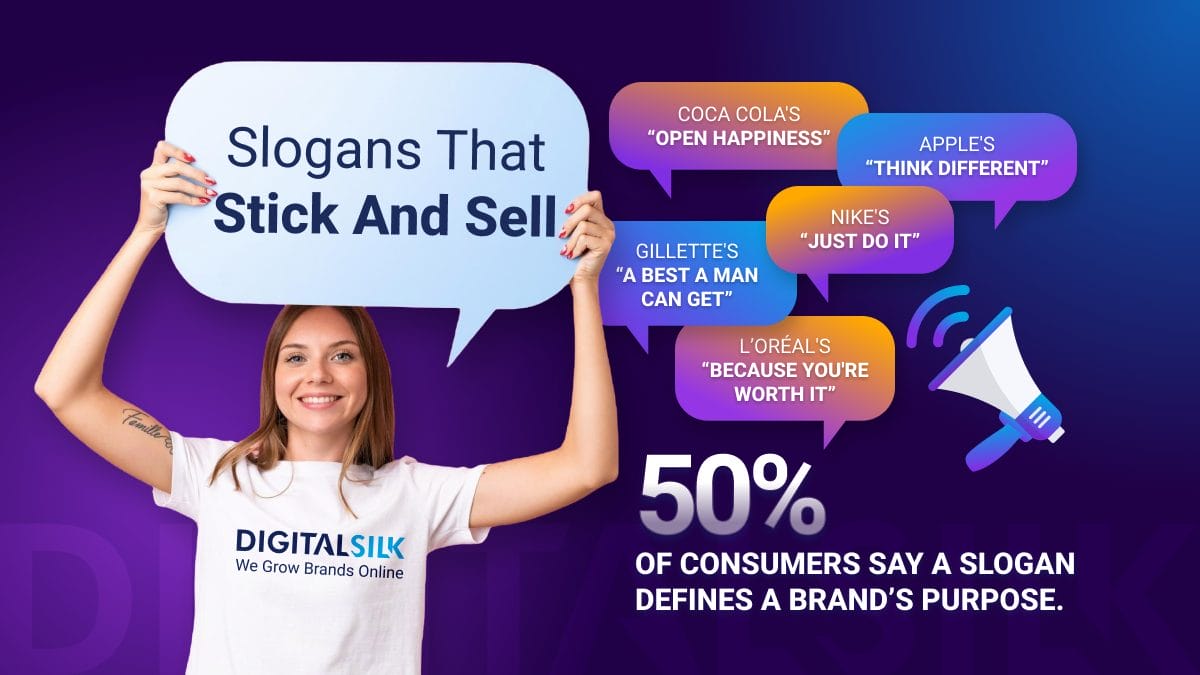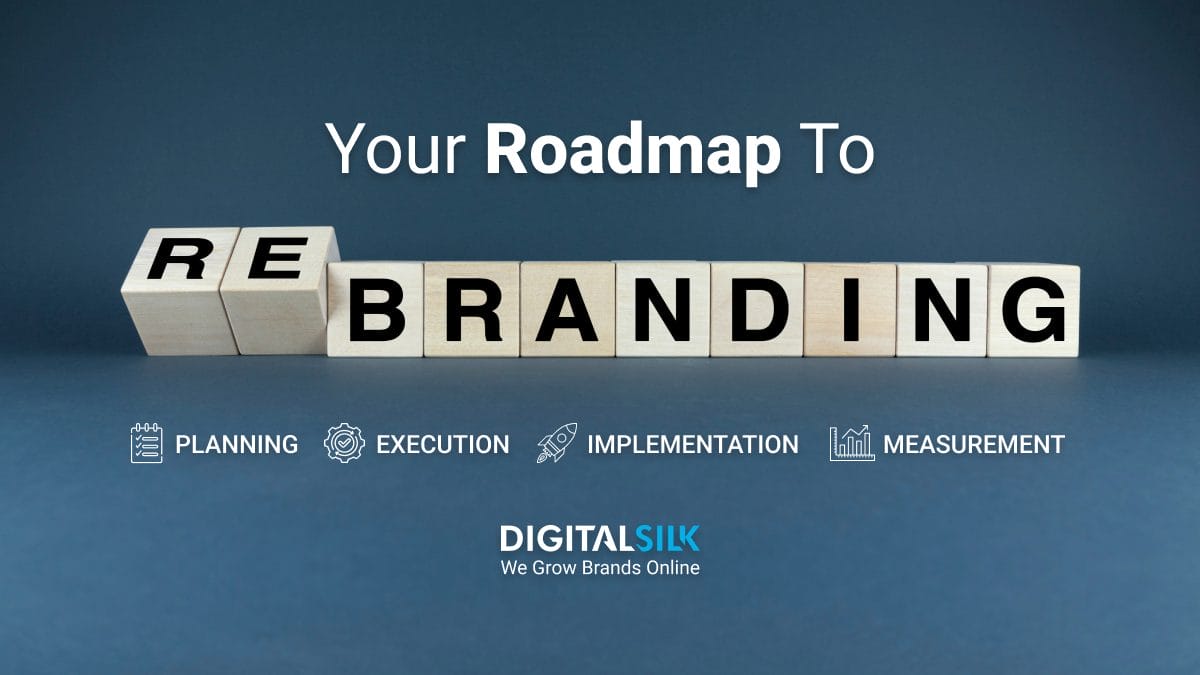Listen to this Article:
Brand Innovation Strategy: Key Highlights
-
Curiosity shapes early brand preference: Innovation-led brands capture attention before logic or comparison enters the decision process.
-
Customer input fuels relevant innovation: The most effective strategies are built around real behaviors, needs and evolving expectations.
-
Emotional value strengthens brand recall: Brands that connect on a human level drive deeper loyalty and are harder to replace.
Curiosity drives consumer decisions long before logic kicks in.
40% of users are innovation-seekers who actively look for brands that bring something fresh, surprising or trend-driven into their world.
This desire to discover shapes what they notice, what they remember and ultimately what they choose.
In this post, we’ll explore how a well-executed brand innovation strategy can capture that curiosity early, building awareness that leads to lasting competitive advantage.
How To Use Brand Strategy And Innovation For Market Differentiation
Consumers are making faster decisions with higher expectations.
63% of users want to go from the moment something captures their interest to a purchase without delay, which puts pressure on brands to deliver immediate clarity and relevance.
The brand innovation flywheel below offers a visual representation of a strategy designed to meet this demand.
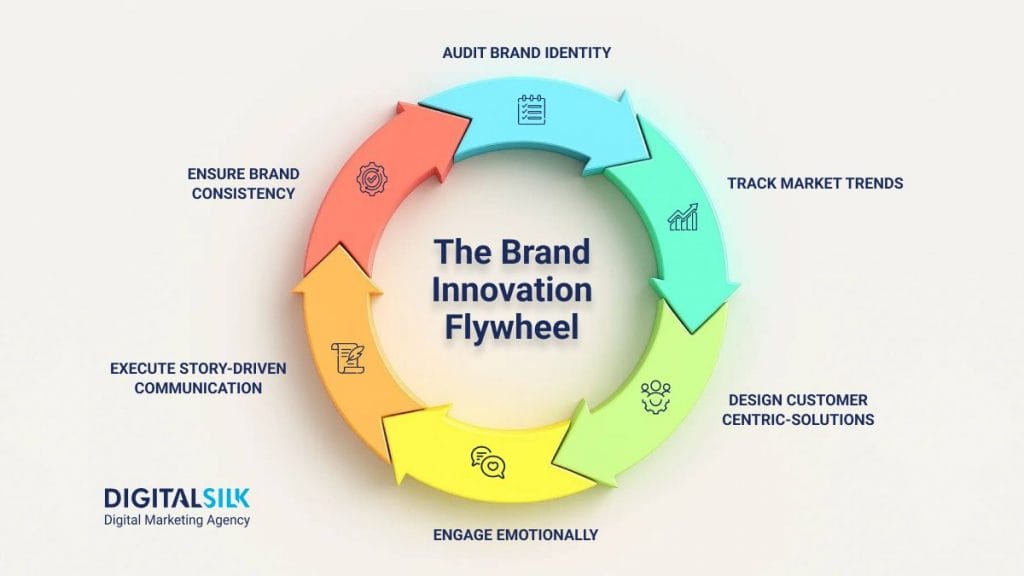
The sections that follow break down each stage of the flywheel, providing actionable steps to help brands turn urgency into competitive differentiation.
1. Evaluate Your Core Brand Identity
Start by auditing how your brand shows up today, such as your values, mission, vision and messaging.
Look at how those elements are perceived externally and experienced internally and check whether they still reflect what makes your brand different.
Use a mix of brand tracking, customer interviews and current market data to see where perception and intention are out of sync.
This kind of alignment matters more than ever, especially as 88% of consumers say authenticity shapes which brands they choose to support and recommend.
If your message doesn’t reflect what people actually experience across every stage of the customer journey, even strong positioning can lose its impact.
For instance, Dove reassessed how it communicated its brand values and launched the ‘Real Beauty’ platform to champion inclusivity, body confidence and self-esteem.
This shift brought its long-standing purpose to the forefront, positioning Dove as a leader in authentic, emotionally resonant branding.
Use the following steps to turn abstract positioning into something practical and actionable:
- Use simple, consistent language to express your brand’s core message
- Choose two or three strong differentiators backed by real customer insight
- Test each one against real scenarios to see if it holds up over time
- Build messaging that reinforces these points without overcomplicating them
- Make sure teams know how to apply them in daily decisions and interactions
2. Anticipate Market Shifts And Optimize Accordingly
Innovation works best when it’s grounded in foresight, not hindsight.
With 83% of companies ranking innovation among their top three priorities and only 12% seeing real impact from it, the real opportunity lies in getting it right.
Connecting brand strategy and innovation can move the business forward.
That means treating shifts in behavior, sentiment and demand as signals to act on early.
Start building a more responsive approach:
- Use search patterns, cultural shifts and early demand signals to identify emerging behaviors
- Prioritize scenario planning so you can test multiple outcomes rather than relying on static forecasts
- Launch small experiments to validate hypotheses before scaling ideas across the business
- Monitor competitors closely but focus on the spaces they overlook or undervalue
Avoid over-indexing on surface-level sentiment:
- Social media tends to reflect short-term frustrations, not future needs
- Search data provides stronger insight into what people are actively exploring or considering
- Look at adjacent category changes that may influence yours indirectly, such as how plant-based dairy redefined expectations in a long-stable market
Once you start identifying what matters, optimization becomes just as important as ideation:
- Focus on brand-led innovation by filtering ideas through your strategic positioning and long-term value
- Use a phased approach with clear checkpoints to review, adjust and redirect based on what you learn
- Run concept testing and market validation early to avoid investing in ideas that won’t scale
- Apply a learn, test, refine model to build momentum behind what works and move on from what doesn’t
For instance, with Black Mirror: Bandersnatch, Netflix anticipated the growing appetite for interactive and personalized entertainment.
The platform pioneered a new form of viewer-driven storytelling that blurred the line between TV shows and gaming.
3. Adopt A Customer-Centric Approach
Innovation that gains traction starts with understanding what customers actually need, not with assumptions made in isolation.
65% of users expect companies to adapt to their changing needs and preferences, which makes it increasingly important to surface emerging expectations and solve customer pain points.
A strong innovation brand is grounded in listening, shaped through direct input and built to deliver value that feels relevant in the moment.
To make this actionable, focus on reducing the gap between what customers experience and what your brand delivers:
- Build systems for ongoing customer input rather than relying on one-off feedback cycles
- Look for patterns across support tickets, product reviews and live interactions to identify persistent issues and unmet needs
- Involve real users in early-stage exploration, from feature prioritization to messaging concepts
- Align innovation efforts with the parts of the experience customers say matter most, even if they seem operational or outside traditional marketing scopes
IKEA applied this thinking by identifying a common pain point in the home shopping experience, where customers were unsure how products would look or fit in their space.
By adding augmented reality to its app, the brand made it possible for users to preview furniture in their own rooms before making a purchase.
This small but impactful improvement turned a source of hesitation into a more confident and personalized decision.
4. Lead Your Brand Innovation Strategy With Emotion
In times of uncertainty, people gravitate toward brands that offer more than function.
68% of consumers say they want brands to make them feel good during turbulent periods, which points to a growing demand for emotional connection in a space where attention is short and choices are many.
Leading with emotion is no longer a tactic, it’s part of how strong innovation brands grow relevance and increase sales.
This doesn’t mean walking away from logic or product strength. It means understanding that emotion drives initial interest, repeat behavior and long-term loyalty.
Emotional branding helps people recognize themselves in your message, trust your values and see your brand as something more than a service or transaction.
To build this into your brand innovation strategy:
- Center your brand voice around values and stories that reflect the emotional state of your audience, especially in uncertain or high-stakes moments
- Challenge category norms by exploring tone, messaging and experiences that feel human, expressive or playful when appropriate
- Build emotional testing into innovation cycles to understand not just how your ideas perform, but how they make people feel
- Encourage experimentation during concept development and give teams room to test bold creative directions that go beyond traditional product features
- Create a shared space or system where emotional insights, test outcomes and creative risks can be documented and shared across the organization
When emotion becomes part of the creative and strategic process, innovation stops being a department initiative and starts becoming part of the brand’s DNA.
Brands that consistently show empathy, creativity and experience design are easier to remember and harder to replace.
For instance, Patagonia built deeper loyalty by encouraging customers to repair or buy used gear instead of replacing it.
This reinforced its values of environmental responsibility and mindful consumption, which resonated with customers who want brands to reflect their beliefs and take a stand on issues that matter.
5. Use Product-Led Storytelling
Brand messages that feel like stories are far more likely to resonate, with 92% of consumers saying they prefer this approach over traditional advertising.
This preference reflects a growing expectation for clarity, purpose and relevance, especially when it comes to new or unfamiliar products.
For innovation brands, storytelling should be embedded into how the product is introduced, used and remembered.
A strong product narrative answers three key questions:
- Who it’s for: Define the specific need and the customer behind it. Look at how broader shifts like automation, sustainability or lifestyle changes are influencing new demands.
- What it solves: Focus on a solution that feels intuitive and easy to grasp. Highlight the usefulness of the product through clear benefits that are visible and practical.
- How it creates value: Align the business model with the product’s role in the customer’s life. Whether through direct sales, subscriptions or integrated services, the way it’s delivered should enhance the experience.
Once these questions are clear, bring the story to life through product presentation:
- Make sure packaging and creative clearly communicate what the product is and why it matters
- Use design to emphasize the most relevant features, materials or claims in a way that invites understanding
- Reinforce brand values through every detail, from how the product is displayed to how it is used
For instance, Tesla has consistently used its products and experiences to tell a cohesive story about innovation, independence and modern living.
Its new Diner & Drive-In in Hollywood extends that narrative by turning a charging stop into a full cultural experience, combining retro design with futuristic tech.
With curated films, classic diner food, Supercharger stations and even in-car ordering through the Tesla interface, the brand has created a physical space that reinforces its identity while giving people a reason to engage beyond the vehicle itself.
6. Balance Brand Heritage With Modernization
Expanding a brand’s portfolio creates more touchpoints, more decisions and more chances for inconsistency.
Without a clear structure, new products can blur the core identity and make it harder for customers to recognize what the brand stands for.
A brand innovation strategy should support growth while reinforcing the elements that make the brand recognizable and trusted.
62% of CEOs are willing to take more risks than their competitors to stay ahead, so a brand innovation consultancy can provide structure and direction and protect long-term brand value.
To maintain consistency and brand heritage while continuously evolving:
- Create a unified system for visual and structural decisions across all product lines
- Make key identifiers, such as color, typography or packaging structure, work together to support quick recognition and relevance
- Build a product hierarchy that helps customers navigate offerings without confusion
- Identify which brand elements loyal customers still respond to and validate them with real feedback before changing direction
- Refresh what needs to evolve, whether it’s tone, packaging materials or digital presentation, while staying grounded in what people expect
- Use real-time tracking to measure how new initiatives affect perception, preference and performance
For instance, the tech industry is defined by rapid change, constant disruption and an ongoing race to deliver smarter, faster and more scalable solutions.
So, which brand leads in cloud innovation?
While several cloud providers are innovating, Amazon Web Services (AWS) is generally considered the leader in cloud innovation due to its extensive service offerings, early market entry, and strong ecosystem.
One example of this innovation is Amazon SageMaker, which allows businesses to accelerate machine learning development by providing a fully managed platform to build, train and deploy models at scale.
Other notable players like Microsoft Azure and Google Cloud are also making significant strides in innovation, particularly in areas like AI and hybrid cloud solutions.
Why Brands Need Innovation
Innovation has evolved from a side project to a part of how brands stay relevant, create momentum and build long-term value across categories and audiences.
Some of the key benefits from these strategies include:
- Opening new revenue streams: Innovation creates room to explore unmet needs and expand into adjacent categories. These moves can unlock new value without straying from the core brand.
- Building long-term brand value: Consistent innovation reinforces relevance and keeps the brand present in conversations that matter. Over time, this builds equity that goes beyond product features or seasonal campaigns.
- Keeping internal teams engaged and aligned: Teams that contribute to innovation feel more connected to the direction of the brand. It also creates a sense of momentum that helps retain talent and reduce silos.
- Staying responsive to market change: In 2024, 54% of leading companies planned to increase their innovation investments. This reflects growing pressure to adapt quickly, even without perfect certainty.
- Creating stronger customer loyalty: Innovation introduces fresh reasons for people to interact with and care about the brand. These moments compound over time, making the brand harder to ignore or replace.
Types Of Brand Innovation Strategies For Enterprise-Level Impact
Enterprise brands are constantly weighing how far to push innovation without losing the familiarity that built their reputation.
The right mix of incremental and breakthrough change depends on how much risk you’re willing to take, how well you know your customers and how clearly you can see what’s coming next.
A brand innovation consulting agency could recommend some of the following strategies:
- Product vs. brand innovation: Product innovation focuses on what changes, while brand innovation reshapes how the business is perceived. Leading organizations align both to deliver a stronger, more consistent experience across every touchpoint.
- Breakthrough vs. incremental innovation: Major shifts like a rebrand or new market entry can reshape a company’s trajectory, but they need to be paced carefully to avoid backlash. Smaller moves, applied consistently, help build momentum, ease internal adoption and lower risk.
- Digital brand transformation: Digital change is most effective when it supports the brand experience in real ways. Well-designed automation, personalization and connected service tools reduce friction and improve how people interact with the brand day to day.
- Visual identity and messaging updates: Refreshing how a brand looks or speaks can keep it relevant, especially in new categories or markets. The rollout matters just as much as the design, so training internal teams ensures the shift is adopted, not just announced.
- Strategic repositioning vs. refresh: A full repositioning makes sense when entering new markets, merging businesses or adapting to generational change. A brand refresh works better when the goal is to stay current without changing the core promise.
How To Measure The Impact Of Brand Innovation
To sustain momentum and investment, brand innovation needs to be measured with the same discipline as any other growth initiative.
Enterprise teams that track the right metrics can tie innovation to tangible outcomes and demonstrate real business impact.
- Revenue from innovation-related projects: 60% of companies use this as a core measure of innovation impact. Tracking revenue linked to new products, services or brand initiatives helps quantify what’s working.
- Brand equity and awareness: Regular brand tracker surveys and social listening tools offer signals about perception shifts. These metrics reveal whether innovation efforts are actually changing how the brand is seen.
- Customer sentiment and loyalty: Metrics like NPS, CSAT and retention help show how innovation influences experience. Analyzing shifts by segment or region can uncover where specific changes are resonating.
- Engagement and attribution: Omnichannel and social engagement metrics help connect brand innovation to customer behavior. When measured across campaigns, they offer insight into what drives attention and action.
- Executive-ready reporting: Dashboards that combine qualitative and quantitative data support faster decisions. Sharing updates quarterly with leadership teams helps build trust in the value of long-term innovation.
When To Partner With A Brand Innovation Consultancy
A brand innovation consultancy brings outside perspective, tested processes and cross-industry insight.
Here’s when to consider bringing in a partner:
- You’re launching a new product line and want to avoid market misalignment
- Your brand feels outdated and needs a refresh that still preserves core equity
- Internal teams are siloed or lack resources to drive breakthrough ideas
- You’re entering a new market and need help adapting messaging or experience
- A strategic consultancy can help guide positioning, test new directions and provide frameworks to scale ideas responsibly
Create Your Brand Innovation Strategy With Digital Silk
Brand innovation works when it’s grounded in what customers value and structured to move at the pace of change.
It’s not about chasing trends but about making purposeful choices that keep your brand relevant, distinctive and built for long-term growth.
Digital Silk‘s expert team partners with enterprise brands to uncover growth opportunities, test bold ideas and bring strategy to life through clear, actionable execution.
As a full-service branding agency, our team provides:
- Brand strategies
- Rebranding services
- B2B branding
- Brand identity
- Logo design
- Custom web design
- Digital marketing
Looking to build a brand innovation strategy that captures new demand, sharpens differentiation and drives long-term growth?
Contact our team, call us at (800) 206-9413 or fill in the Request a Quote form below to schedule a consultation.
"*" indicates required fields


